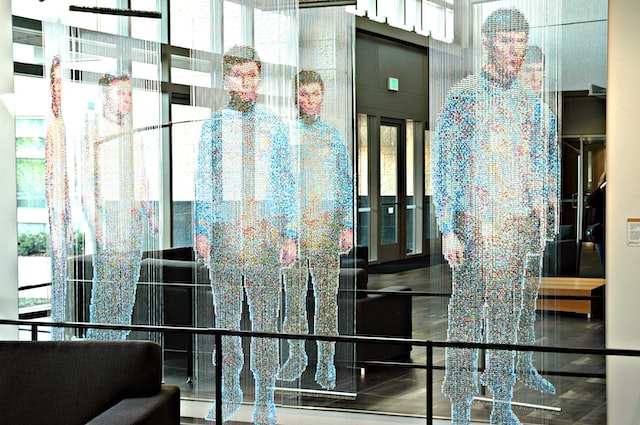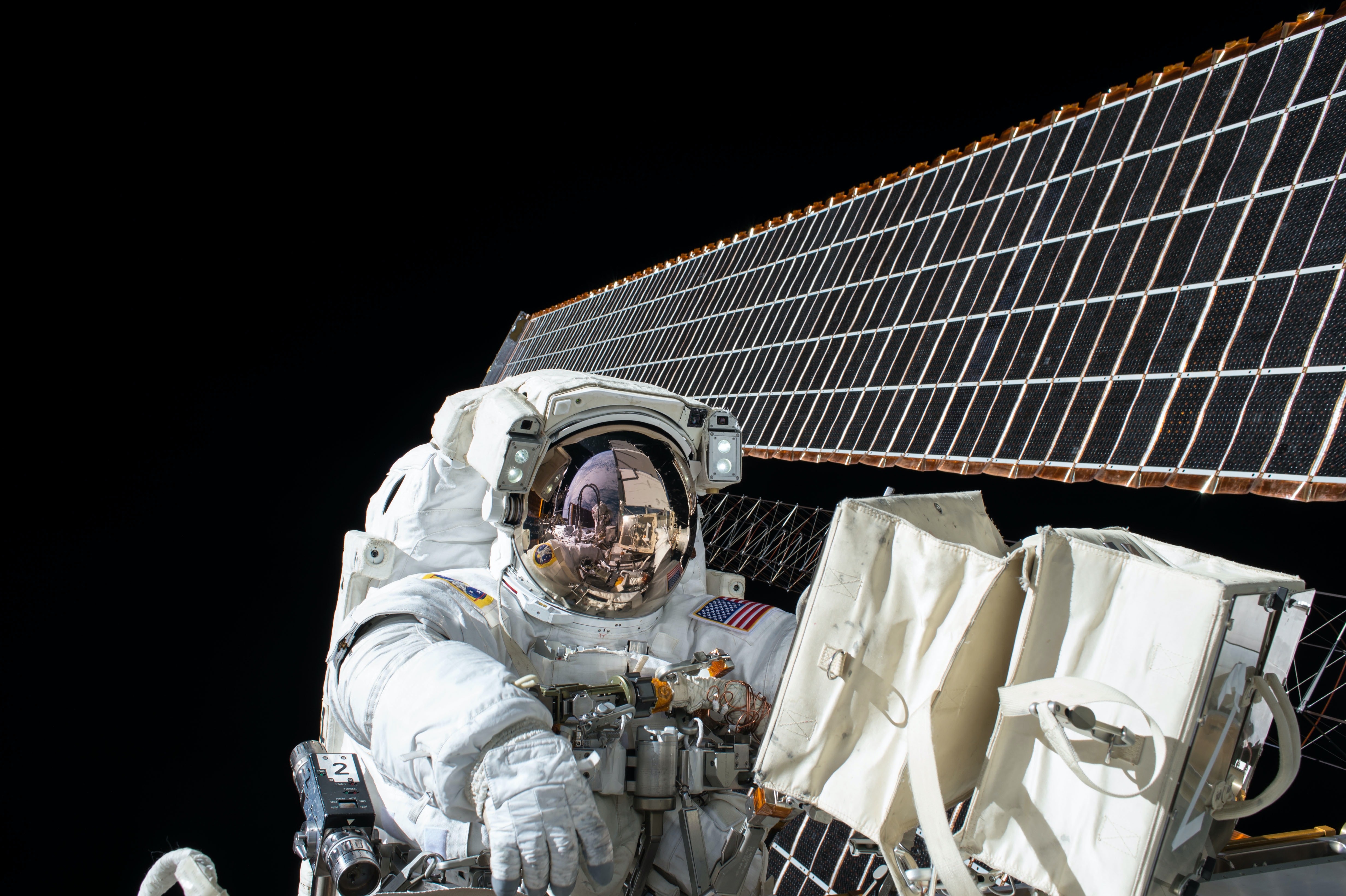
Photo by Wonderlane on Unsplash
Within her interpretation of Mindscan, Sara Bergstresser states science fiction has high resonance with bioethics, which still rings true today. Science fiction is a powerful tool to develop futures beyond current capabilities with endless applications and is highly useful to inspire innovation. I would extend that the disciplines more than share a significant effect on each other, rather, they are interfused in order to produce means of social and moral acceptability. For instance, the origin of ‘The Doctor’ on the science fiction Star Trek: Voyager circuit is a proposed Emergency Medical Hologram (EMH) to solve the need for medical assistance in the far reaches of rural space in place of a human doctor. Throughout the series depiction, the hologram struggled to find identity and emotion beyond his programming, causing ethical tensions. The EMH fundamentally demonstrates the fabled moral that what can be versus what is within science fiction needs ethical consideration to produce socially acceptable results.
Presently, this concept of access to medical relief has branched into telemedicine and current space station technologies. Telemedicine is an innovation that allows for equitable access to healthcare, quality of care, and the minimization of contact that may spread illness in vulnerable populations. However, it can also pose risks of inadequate examination capabilities for doctors, poor connection, and the need for computer literacy.

Photo by NASA on Unsplash
Similarly, with NASA’s development in holoportation capture technology, 3D models of people-- such as surgeons and medical professionals for astronauts-- can be formed. Yet, arguments of medical licenses to practice and extent of use also call for bioethical discussion. These inspired tangible fruits of fiction underwent bioethical debate and review to fully support the important tenets of society while also fulfilling its needs. From then to now, this trend of bioethics moderating a compatibility from fiction to reality has not changed.
In regard to the technologies mentioned, however, the related bioethical discourse has evolved to become greatly important and has developed substantially. For example, Bergstresser mentions the transferred consciousness to a new artificial body stemming from the need for surgery for an incurable condition. This has become relevant to today’s technology within the human and reproductive genome cloning and therapeutic cloning discourse. With many genetically linked diseases hindering quality of life, stem cell research, or gene therapy has been sourced as a possible solution with the development of CRISPR, though ethically, it has sparked controversy based on safety and informed consent. As such, social response varies, as it is important for overcoming illness, but has been rejected in many countries. This was exemplified in the public response to He Jiankui and his research results regarding the CCR5 gene for HIV immunity. Some people accepted his work, while others thought it crossed the international bioethical norm and did not agree with its use.
Reproductive cloning, however, has been widely rejected with the greater risks of potential abuse for organ harvesting, inequitable use in infertility treatments, and the health risks of the conception of such cloned ‘individuals.’ Within this debate, then, bioethics can be instrumental in reaching the acceptable setpoint of this relatively new technology. For now, CRISPR can be used as a diagnostic tool to help improve public health. In the future, bioethics can be a means to find what society, internationally and locally, can agree is acceptable to study regarding the use of CRISPR to aid in illness and what to preserve in the debate over cloning individuals.
The other relevant touchpoint within Mindscan’s review was the copyright infringement within the legal validity of transferred selves. Artificial intelligence and machine learning have heavily saturated society, whether through phones, self-driving cars, or within healthcare, such as in diagnostic systems that can make predictions based on large data sets, chip implants, virtual assistants, etcetera. With its heavy integration, the concept of legal personhood crops up in AI ethics and the true responsibility of people. This trending issue has produced booming discussions regarding responsibility, liability, and autonomy. Without bioethics, relied-upon tools and advancements for care would be stunted without consideration of the socially accepted status and extent of AI influence. Its examination with a bioethical lens is still far from complete, but it has developed quite substantially within recent years.
